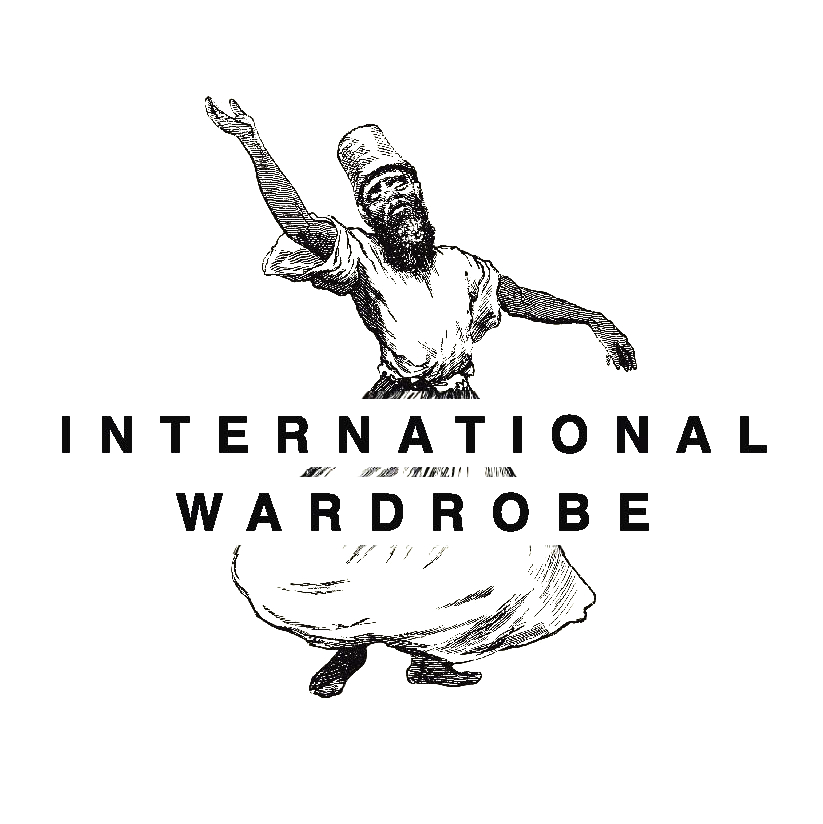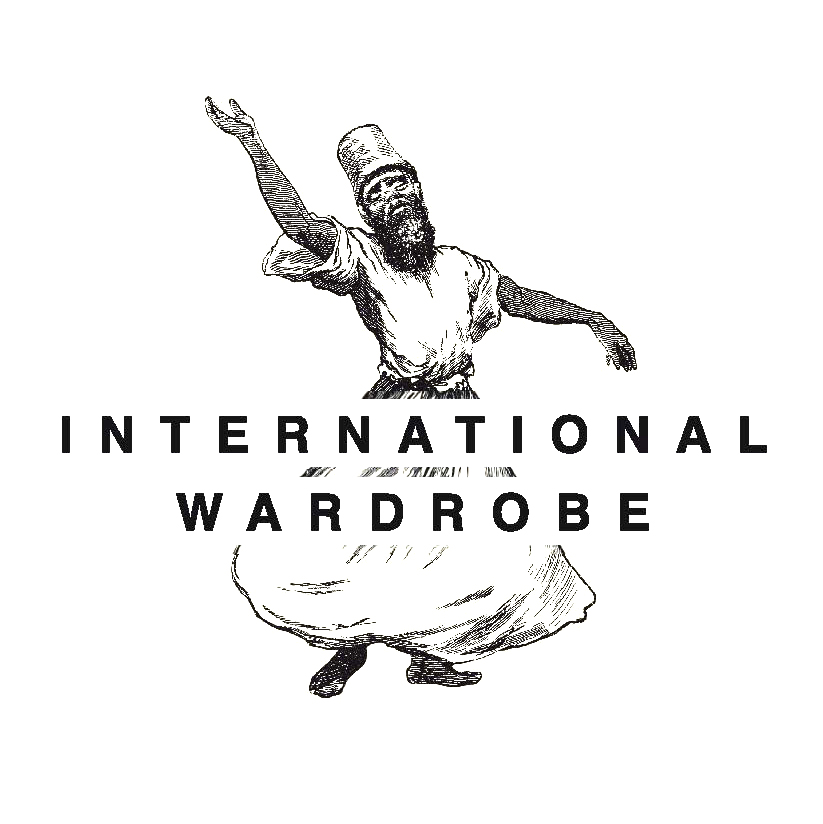As you enter a Dong village in the south-western Chinese Province of Guizhou, you will be amazed by how often you see the colour blue. It’s everywhere: vats filled with a dark blue, viscous liquid outside the huts, raffia baskets filled with blue powder, spatters of blue dye on stones, even the stream might have a lilac hue, and dyed garlands of fabric, hanging between the houses, as if Christo had forgotten to finish wrapping them up, will catch your eye. Especially in winter, when there is less farming to do, indigo dyeing, performed by the women, is at its peak. They are Industrious and fast – typically Chinese, in fact – and stir the concoction every day so the fabric can be dyed in it, again and again, then washed, dried and beaten, beaten and beaten again. Until the finished textiles have been carefully rolled, tied with a bow and stored in wooden chests, awaiting further use. Not all Dong women are dyers, but a large number are.
Each dyer has her own methodology for dyeing fabrics, subsequently treating them with herbs, egg white and sometimes blood. Similar to a closely guarded family recipe for apple pie, these methods are top secret and always vary in some way from individual to individual.
This region in Guizhou, in southern China, is called Landian, which in Chinese means »indigo«. Just like the Dong, the Miao, Gejia and Bo Y (Bouyei) are also great indigo dyers. All these groups are masters at satin finishing, a technique that makes the fabric lustrous, smooth and firm. Such textiles are similarly fashioned in Yemen and Mali. Indigo is a green, stubby plant, the leaves of which are boiled and then left to oxidise. The brew is then reduced to a paste, which can be used a number of times, i.e. all year round, as witnessed by the stacks of colour pots used repeatedly, and left outside the villagers’ huts.
The Dong make three different types of indigo fabric: »Simple« indigo textiles are dyed up to three times a day for several days in a row, which gives them their characteristically deep blue colour. The brown-hued, purplish indigo hue is achieved by adding a combination of different herbs, buffalo skin extract and, sometimes, blood. This second type of fabric is also dyed repeatedly, but is beaten with a wooden mallet until it has reached the desired look. The third kind of indigo fabric resembles paper, and has a glossy finish achieved with egg white, and is also dyed and beaten multiple times until the desired glossiness and density have been achieved. Apart from the Dong, the Miao from neighbouring village of Basha are also famed for this kind of fabric.
The wooden mallets used for beating textiles are unbelievably heavy. Anyone performing this task regularly can easily skip going to the gym. During the 19th century similar shiny indigo textiles were also produced in Europe. However, a less sweat-inducing process was used, which involved rolling the fabric across large cylinders to give it its characteristic glossiness.
Pictures right side, from top to bottom :
1. This is how an indigo plant looks like in Guizhou.
2. Such pots of ready made paint are used again and again and again
3. Cooked indigp paste.
4. Also the finish has to be stirredwell before use.
5. Fabrics are hanging to dry. (Zengshong village, Guizhou)
6. They beat the fabrics with this wooden hamers.
7. A dyer shows her “good chest”.
8. Read for transport- the finished indigo fabric rolls
9. Indigo as a Paste.
10. The tools of a dyer in Zhaoxing.
11. More bukets…
12. …and more indigo paste.
13. Washing the indiog is easy to recognize. (Zhaoxing, Guizhou)
14. Always look at your indigo work ! (Zengshong, Guizhou)
15. This is how a house looks like in an indigo dress. So sieht ein Haus im Indigokleid aus. Christo would enjoy it.

